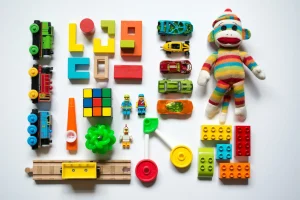How Cognitive Coding Toys Enhance Children’s Intellectual Growth
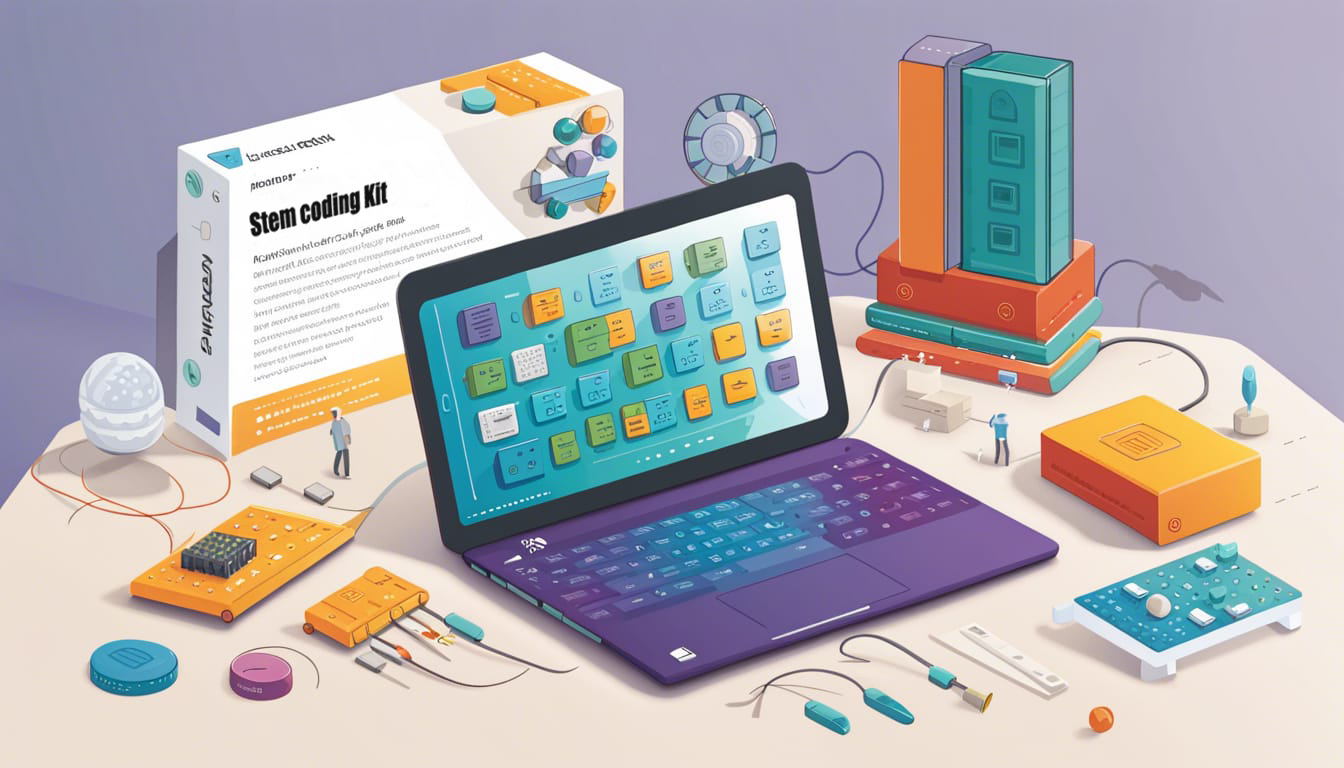
Table of Contents
Introduction
Cognitive development is the building of cognitive skills over time. Young children are constantly building these skills as they learn about the world around them. Cognitive skills are essential for children’s success in school and later in life.
Cognitive coding toys are a great way to stimulate children’s intellectual growth. These toys teach children how to use basic coding concepts to solve various problems, thereby developing cognitive skills such as reasoning, sequencing, spatial awareness, memory and recall, and attention to detail.
What are Cognitive Coding Toys?
Cognitive coding toys are toys that teach kids coding fundamentals while also enhancing mathematics, critical thinking, and other cognitive abilities. These playthings come in various forms, including robot kits, coding board games, interactive apps and software, and modular and programmable toys. Over time, these toys have advanced from the floor turtle in the 1960s to today’s programmable toy robots. Coding toys make it easy to learn coding skills early on in life. They include fun problem-solving activities that simplify coding concepts.
How Do Coding Toys Work?
Cognitive coding toys teach kids basic coding ideas to solve different issues. They come with a user interface, parts, and features that enable children to program them for specific tasks. For instance, a robotic coding kit may include instructions to build a robot. After constructing the robot, kids can utilize a beginner-friendly coding language to direct its movements, generate noises, or conduct other operations in specified paths.
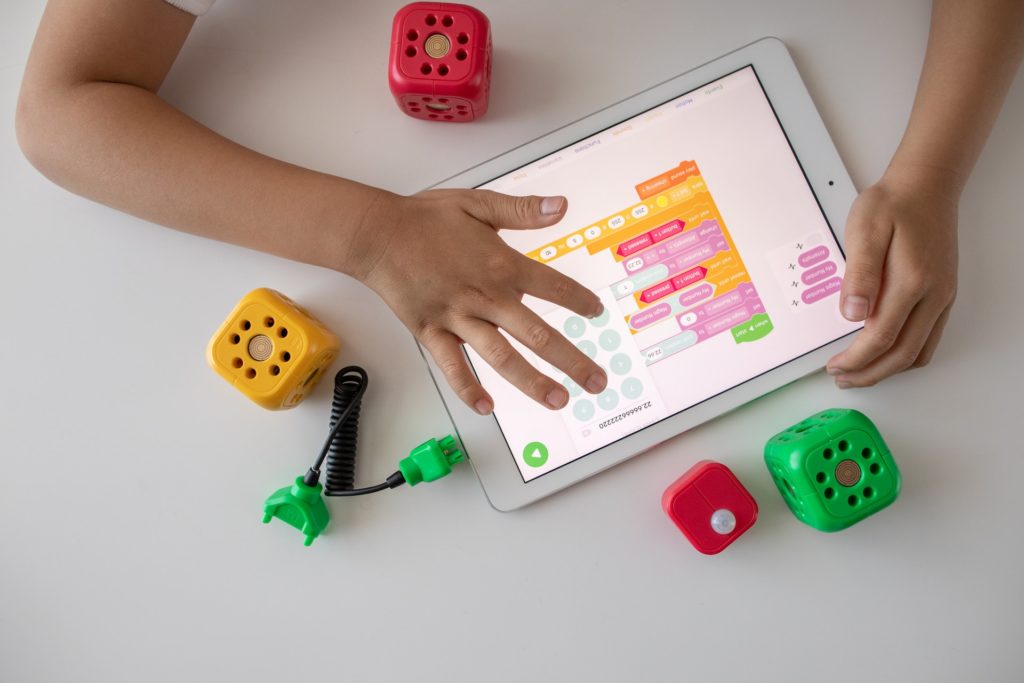
What Cognitive Skills Can Children Develop Through Coding Toys?
Coding toys can improve children’s cognitive abilities like logical thinking, memory, attention to detail, and spatial awareness.
- Logical thinking involves figuring out how to get toys to do what children want through a sequence of steps. Toys often present challenges to solve, requiring a deliberate order of steps to complete them.
- Sequential reasoning requires the capability to comprehend and execute a series of steps to accomplish an objective.
- Spatial awareness involves comprehending and visualizing objects in space.
- Memory and recall involves the ability to remember and retrieve information.
- Attention to detail requires focusing on specific details and recognizing patterns.
At What Age Can Children Start Using Cognitive Coding Toys?
Cognitive coding toys are suitable for children as young as three years old. However, age-appropriate guidelines for introducing them vary depending on the toy’s complexity and educational value. Parents and teachers should take into consideration the child’s interest, toy’s complexity, and educational value. These toys can help kids of all ages. Although, each age group can experience different challenges and benefits.
How Can Cognitive Coding Toys Be Used to Enhance Children’s Problem-Solving Skills?
Problem-solving is the cognitive skill of identifying, analyzing, and solving problems. Cognitive coding toys can encourage children’s problem-solving skills by presenting them with different challenges that they must solve using coding concepts. For instance, a coding board game might demand young children to decode a puzzle by instructing a robot to move in specific ways. By completing these tasks, kids can improve their ability to solve problems and learn how to use coding in real-life situations.
According to a study by Tufts University, children who play with cognitive coding toys improve their problem-solving skills in other tasks. These toys complement early childhood curriculum by promoting essential skills that align with the educational goals of this age group. Parents and teachers can set the stage for future success by introducing coding concepts early.
How Can Cognitive Coding Toys Be Used to Enhance Children’s Mathematical Reasoning Skills?
Coding and math are closely related. Toys that teach coding can help kids learn math by giving them tasks that use math concepts like patterns, sequences, and algorithms. For example, a coding robot set may require children to program a robot to follow a particular pattern or sequence of movements. Completing these tasks helps kids improve their reasoning in math and discover how to apply coding concepts to math problems.
There is plenty of research supporting this fact. For example, one study found that coding activities had a significant effect on preschoolers’ mathematical reasoning skills. This research emphasizes the favorable impact of coding activities on the progress of mathematical reasoning skills in preschoolers.
How Can Parents Choose the Right Toys for Their Children?
Parents should think about a few things when picking cognitive coding toys for their children, such as age, interest level, complexity, and educational value. They should also make sure the toy is safe and okay for their child’s age.
- The age of the child and the recommended age range of the toy: Some coding toys are made for children as young as three, while others are more appropriate for older children.
- The child’s current level of coding competence: Some coding toys are made for beginners, whereas others are more advanced. It’s essential to pick a toy that challenges but does not frustrate the child.
- Toy’s adaptability: Parents should choose toys that can grow in complexity as their child’s skills develop.
- The child’s interests and personality: Some children may be more interested in STEM coding toys, while others may prefer STEAM toys that are more artistic. It’s important to choose a toy that matches the child’s unique interests.
- Toy’s appeal: Think about whether the toy will keep the child interested. Some coding toys may be advertised as educational but may not be entertaining enough to maintain a child’s focus. It’s essential to choose a toy that the child will enjoy playing with.
- Safety of the toy: Make sure the toy is age-appropriate and does not have any small parts that could pose a choking risk. Additionally, ensure that the toy is made from non-toxic materials.
- The learning outcomes of the toy: Coding toys can teach specific coding concepts, or they may enhance problem-solving and critical thinking abilities. It’s crucial to select a toy that supports the child’s learning goals.
- Reviews: Reviews can give important information on the toy’s safety, quality, and educational worth. It’s crucial to tell apart genuinely educational toys from those that falsely advertise educational value without providing any beneficial learning experiences.
What Are Some Examples of cognitive Coding Toys?
There are many popular cognitive coding toys in the market, such as robot kits, coding board games, interactive apps and software, and modular and programmable toys. Some examples of include:
KEYESTUDIO Smart Car Robot Kit
Build and program your own remote control car. A comprehensive learning kit designed for beginners and enthusiasts to dive into the world of Arduino programming and robotics. The The KEYESTUDIO Smart Car Robot Kit trains cognitive skills such as problem-solving, programming, and creative experimentation.
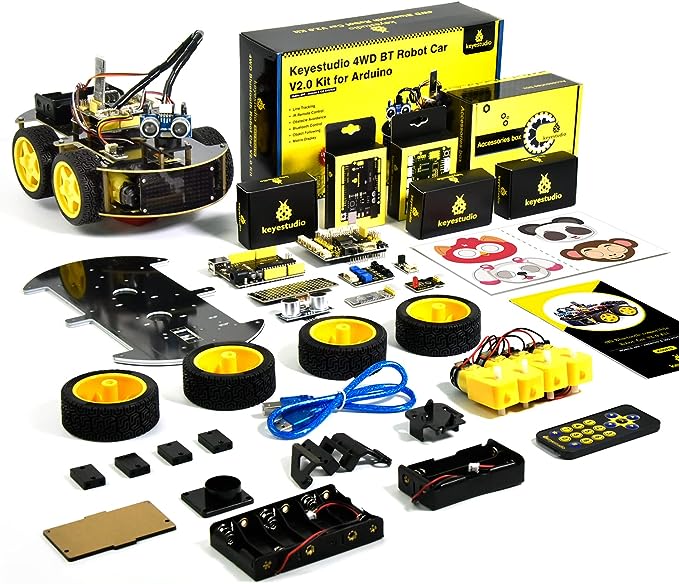
Robotics Adventure Kit 30 Days Lost in Space
A hands-on educational programming kit designed to spark curiosity. The Robotics Adventure Kit 30 Days Lost in Space blends programming, electronics, and Arduino technology with a space-themed story. The kit trains cognitive skills such as: coding, circuitry, and programming. At the same time it also encourages problem-solving, critical thinking, and creativity.
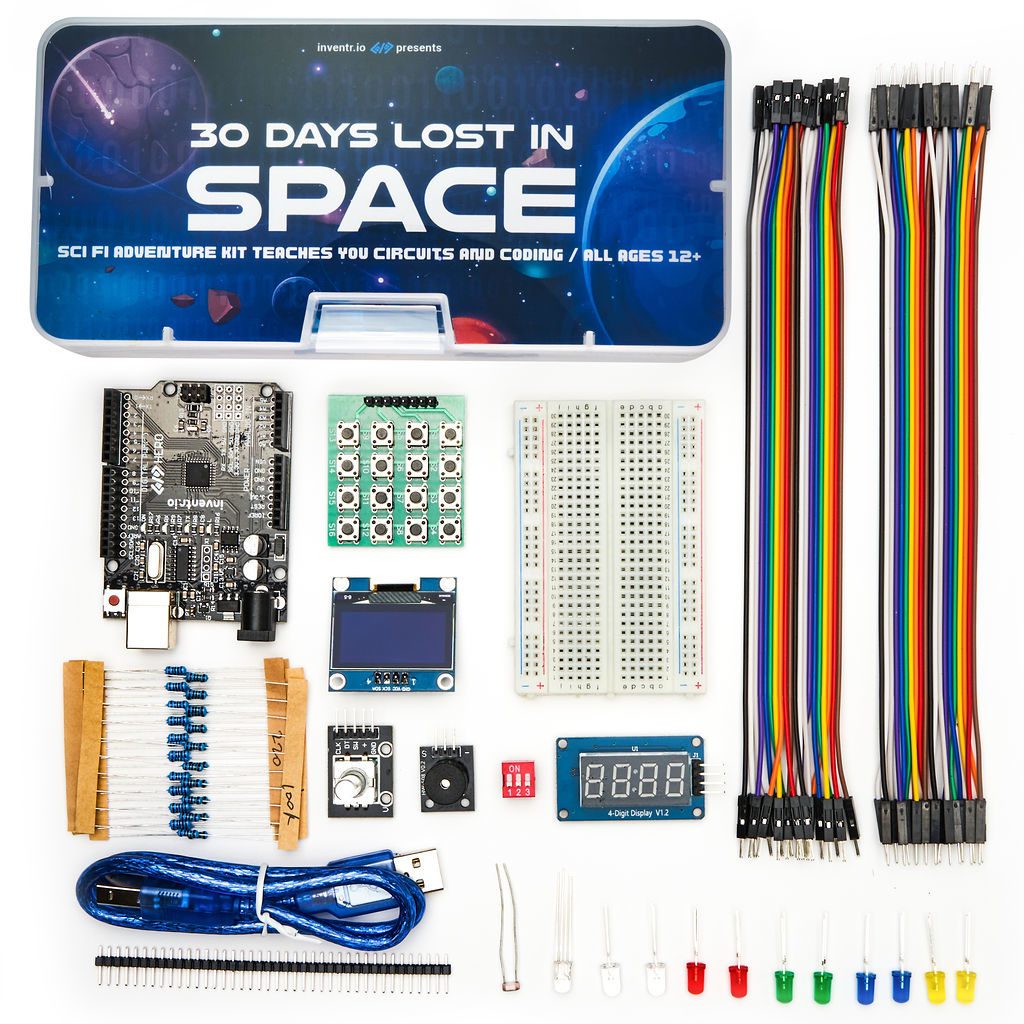
Coding Starter Kit
A fun, interactive learning tool designed for kids aged 5-12. The Coding Starter Kit stimulates critical thinking, problem-solving, and creativity by playing games that teach the basics of coding. It includes tangible coding blocks, and three games (Coding Awbie, Coding Jam, and Coding Duo). The starter kit provides a progressive coding learning journey from beginner to advanced levels, helping kids navigate the digital world with confidence.
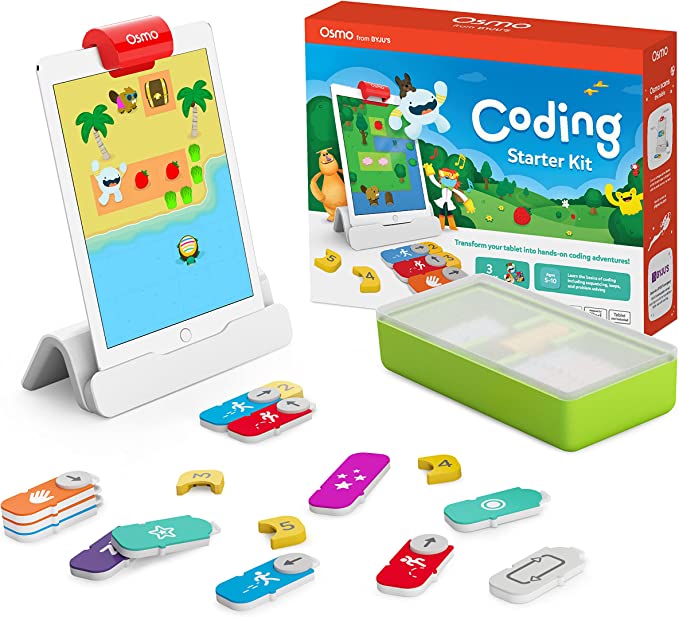
Conclusion
Cognitive coding toys are very educational and show children how to apply basic coding ideas to solve different issues. They help develop cognitive skills such as reasoning, sequencing, spatial awareness, memory and recall, and attention to detail. Parents and educators should consider age-appropriate guidelines when selecting toys and ensure that the toy is safe and age-appropriate. Integrating them into children’s educational experiences can help parents and educators encourage children’s cognitive development and prepare them for success in school and later in life.




